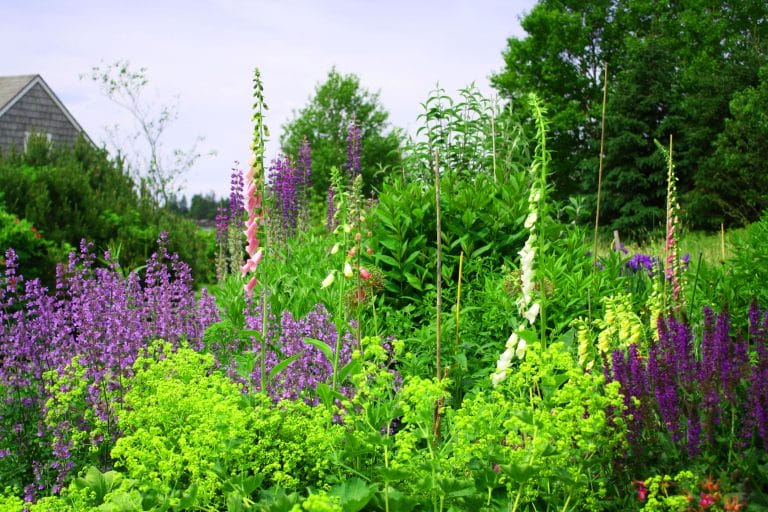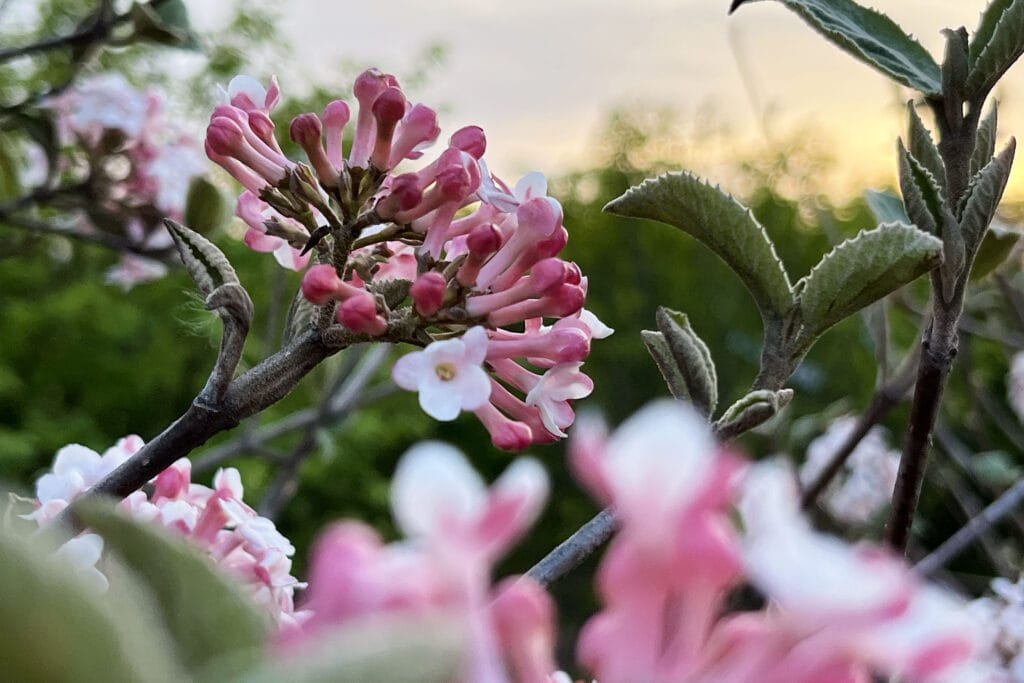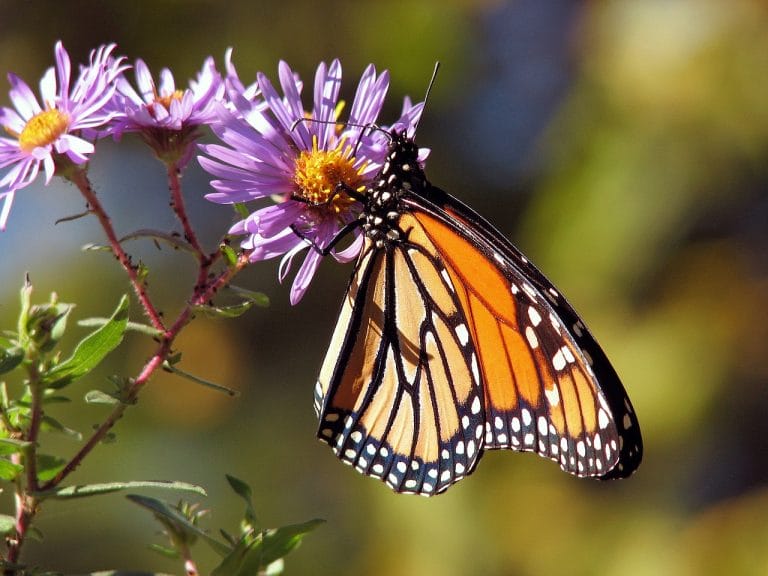
- Monday-Friday 7AM – 5PM | Saturday 7AM - 5PM | Sunday: 8AM - 4PM
Menu

Say you just planted out a new hedge of several viburnums, spending the time researching the
exact variety that fits best with your needs, landscape and personal aesthetics. Maybe you just
planted a new perennial bed, using a flowering viburnum as a centerpiece, or perhaps you
recently replaced a viburnum that lived its course. In any of these situations, there is an
investment of both monetary and personal effort, and you’ll be wanting these plants to live a
long life.
An infestation of viburnum leaf beetles can potentially be devastating to plantings of viburnums
if not caught early or cared preventatively. If left untreated, viburnum leaf beetles can eat
through an entire hedge of viburnums, ruining the entire planting. Luckily, if detected early, or
cared for before the larvae even land, your viburnums should survive.
Viburnum leaf beetles are not native to this area, and are an invasive species. The pest
infestations are still new and not commonplace, so it is essential that the blight is cared for as
soon as possible, as to prevent widespread and regular infestation.
What to look for?
“Adult VLB’s are approximately ¼ inch long and yellowish-brown in color. VLB larvae can be up
to ⅓ inch long and range in color from yellowish-green to light brown with a series of black spots
and dashes on their bodies,” according to the University of Wisconsin Madison Extension.
Catching VLB’s in their larval state or even before is going to give you the best chance at curing
and preventing further damage to your viburnum. Further artifacts, “VLB larvae chew holes in
viburnum leaves in the spring creating a lace-like (i.e., skeletonized) pattern. VLB larvae feed
individually or in small groups and can cause significant damage to viburnum shrubs.” As for
timing, “in late June and early July, VLB adults begin to feed, chewing oblong holes in leaves.”
How to prevent
Prevention is always better than a cure. In this case, you have control over the viburnum you
select for your landscape and also the ability to stop infestations before they happen with plant
care. The University of Wisconsin Madison Extension recommends to, “use resistant viburnums
such as doublefile viburnum (Viburnum plicatum f. tomentosum), Judd viburnum (Viburnum x
juddii), or Koreanspice viburnum (Viburnum carlesii). In addition, between October and the
following spring, examine viburnums for twigs where VLB have laid their eggs. Prune and
destroy these twigs to reduce VLB numbers. During the growing season encourage natural VLB
predators in your area (e.g., lady beetles, spined soldier bugs, assassin bugs, green lacewings)
that can reduce VLB numbers.”
How to treat active infestation
Unfortunately prevention can sometimes still give way to an infestation. If you find yourself
noticing the beginning stages of larval growth, “prior to bud break, apply horticultural oil to twigs
where VLB eggs have been laid. This will significantly reduce the number of eggs that will hatch.
Control any surviving larvae with contact insecticides such as acephate, bifenthrin, carbaryl,
cyfluthrin, deltamethrin, lambda-cyhalothrin, and permethrin. Horticultural oil, insecticidal soap,
pyrethrins and spinosad can also be effective. To achieve the best results, apply insecticides
when larvae are small and before they have caused significant damage. VLB adults can be
managed with contact insecticides, if needed, but are mobile and more challenging to control,”
as described by the University of Wisconsin Madison Extension.
It can be aggravating to see an infestation within a planting of viburnums, and a source of
anxiety when you realize that a small infestation can eventually grow to encompass an entire
hedge. Hope is not lost though, as prevention is better than the cure, and it is possible to snuff
out infestations before they spread. Just follow the advice above, especially when choosing your
varieties of viburnum, and you should avoid the worst of what viburnum leaf beetles can bring.
As always, our expert staff is available to answer any questions you may have about prevention
and care for viburnum leaf beetles, and any other questions you may have.
Whispering Hills Garden and Landscape Center is a full service landscape center and nursery
located in Cary, Illinois. Give us a call or stop in today to see our full selection.
Links:
www.hort.extension.wisc.edu/articles/viburnum-leaf-beetle/

In an era where sustainability is more than a buzzword, Whispering Hills Garden Center

June is National Pollinator Month, a perfect time to celebrate the essential role pollinators

As the weather warms up, spending time outdoors becomes more appealing. However, with the
**IMPORTANT** Non e-commerce prices listed on various pages of this site, may not reflect the most up-to-date prices. Call to verify prices before coming in.